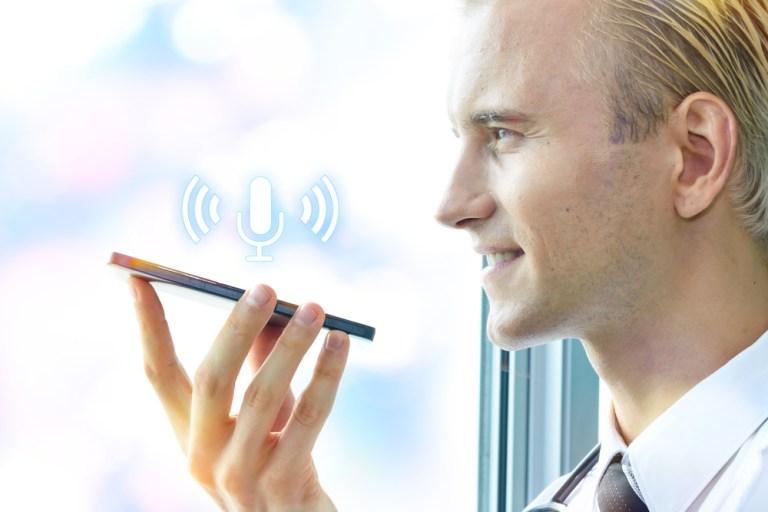
That voice-activated technology could change the face of medical care and the entire healthcare ecosystem is something that Orbita President, Co-founder and COO Nathan Treloar absolutely believes. Orbita is an enterprise platform that allows healthcare players to easily create and leverage HIPAA-compliant voice and chatbot applications. Part of the Intel ecosystem, Orbita has a notable client list: Brigham and Women’s Hospital, the Mayo Clinic, Amgen, Merck and Cigna are all public clients.
But the fact that voice and chat apps have a lot of potential in healthcare doesn’t necessarily mean that it will be easy or straightforward to tap into that potential – particularly when one is designing healthcare applications for voice interfaces.
“Voice as an interface is compelling because if we all think about it, it’s a much more natural way of engaging with technology,” said Treloar. “But you can’t just take a five pages of web content and stick that into a voice app. It’s not going to work.”
Longform text makes sense in a visual display, when a customer can read it, but it is a very different issue to tackle when dealing with an interactive technology like voice-based AI. In a natural conversation, Treloar noted, it would be unusual for someone to talk for five straight minutes in a block – minimally, they would pause to clarify that the listener was following along.
Voice platforms, particularly in healthcare, really have to have that naturalistic flow. Otherwise, Treloar noted, they won’t remove friction from the process, and will most likely add it.
“We put an assessment survey for rheumatoid arthritis into a voice experience,” he noted by way of example. On first blush, it actually looked pretty simple, as it was only three questions long – but the last question was something of a problem.
“The third question was, ‘Which of the following symptoms do you have?’ and it’s 50 checkboxes. How do you put that in a voice experience? ‘Stop me when I list one that you have?’ It’s not going to work. So you have to rethink the way you deliver these text-based experiences.”
The goal, Treloar said, is to turn voice into a tool that healthcare providers can use to design the next generation of patient engagement by removing friction when it comes to interacting with the healthcare system. If the voice app adds friction, it adds nothing to a patient’s life.
Orbita clients have used the platform to create apps that help with medication adherence, chronic care management and patient education. Combined with other IoT devices like blood pressure sensors, scales or respiratory trainers, Orbita apps can be used for remote monitoring of patients and their vital signs.
“Voice assistants will never fully replace human interface,” Treloar said – but what they can do is take the pressure off family members and caregivers. When a smart device is tracking things like pain level and mobility, medication adherence, blood pressure movements and other stats, it frees up family members to connect with their loved one instead of spending the whole visit asking about the illness.
Moreover, he noted, medical and healthcare workers can’t physically monitor patients 24 hours a day to ensure all elements of their care are being handled, but voice and IoT working in conjunction can give healthcare workers access to a constant feed of data so they can check in on which care protocols are effective, and where work still needs to be done.
“And voice, unlike other forms of interaction, is personal and direct,” Treloar noted. “The feedback we hear from patients who are using the apps we’ve built is that they feel better cared for in general, and better connected to care when they need it.”